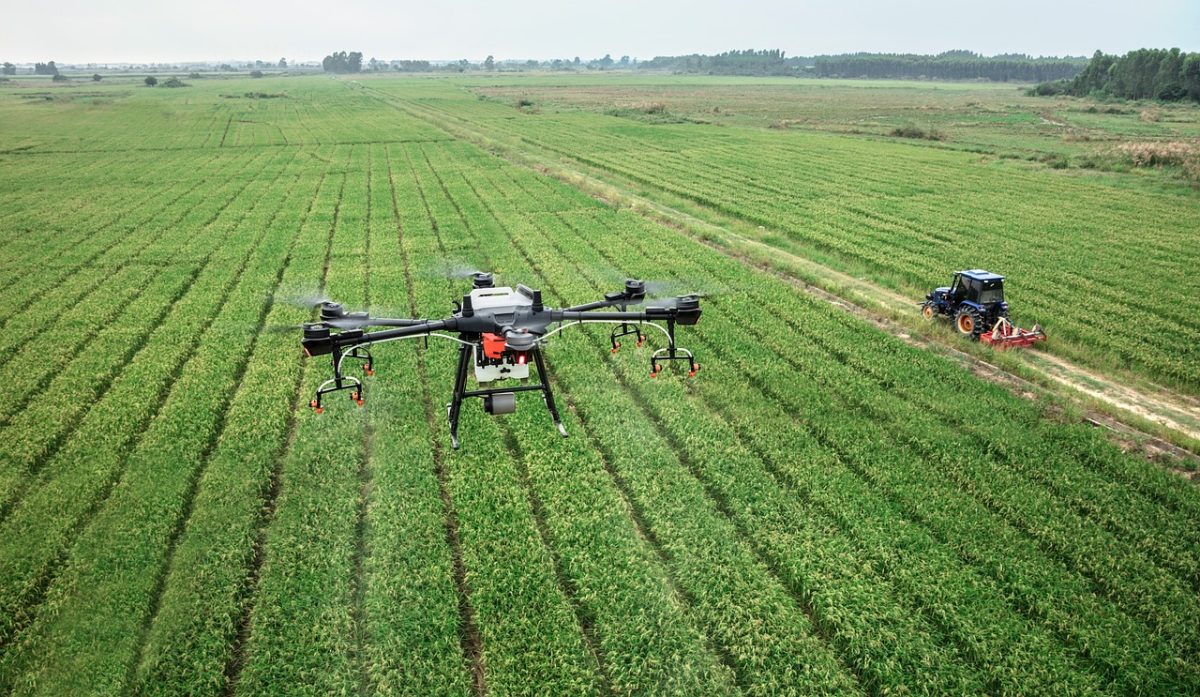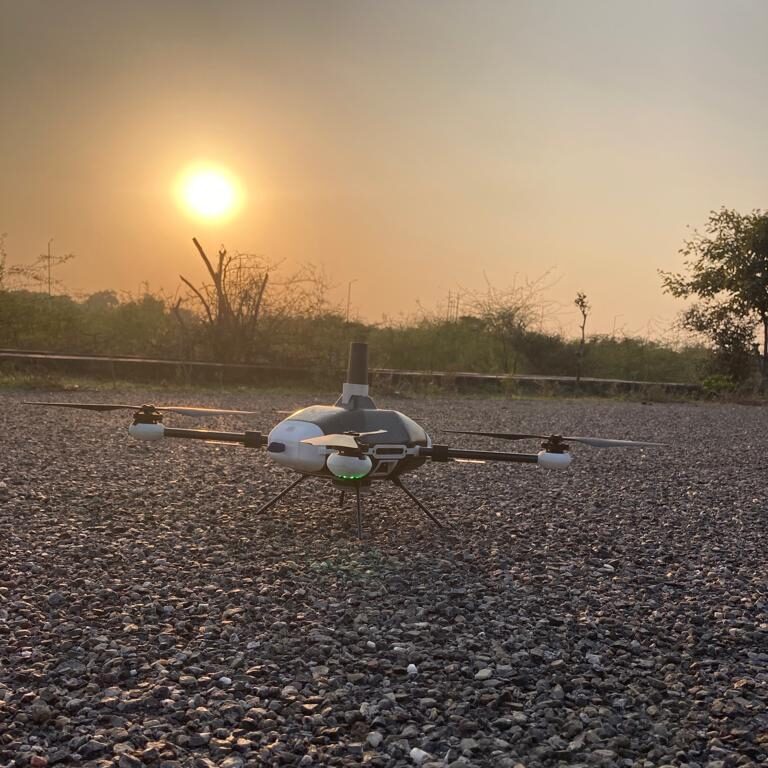Artificial intelligence (AI) has the ability to transform the way we think about agriculture by bringing` about numerous advantages and allowing farmers to produce more with less work.
With increasing urbanization with the world’s population and shifting consumption patterns, and rising disposable money, Farmering Industry is under a lot of strain to satisfy the rising demand and needs to find a method to boost output. There is a need to search for methods to lessen or at the very least control the risks faced by farmers. One of the most interesting possibilities is the application of artificial intelligence in agribusiness.
Artificial intelligence (AI) is the next stage in the transition from conventional to creative farming. Here we are discussing some applications of AI in agriculture:
Soil and Crop Monitoring
The amount and quality of the yield, as well as the health of the product, are directly influenced by the micro- and macronutrients in the soil.
In the past, personal sight and opinion were used to assess the health of the soil and the crops. However, this approach is neither precise nor prompt and in its place, UAVs can now be used to collect aerial picture data, which can then be fed into computer vision models for intelligent agricultural and soil condition tracking. This data can be analyzed and interpreted by AI much more quickly than by humans in order to monitor agricultural health, forecast yields accurately, and identify crop malnutrition.
Farmers typically have to collect soil samples from the ground and transport them to a facility for labor- and energy-intensive analysis. Instead, researchers chose to investigate whether they could teach a program to perform the same task using image data from a low-cost handheld camera.
The computer vision model was able to produce approximations of sand composition and SOM that were as accurate as pricey lab processing.
Therefore, not only can computer vision remove a significant portion of the labor-intensive, manual work involved in crop and soil track, it often does so more efficiently than people.
Monitoring Crop Maturation
To maximize output effectiveness, it is also crucial to watch the growth stages. To make changes for better agricultural health, it’s essential to comprehend crop development and how the climate interact.
Precision agriculture can benefit from AI’s assistance with labor-intensive processes like manual development stage monitoring. For producers, overserving and overestimating agricultural development and maturity is a difficult, labor-intensive task. But a lot of that labor is now being handled with ease and remarkable precision by AI.
The farmers no longer needed to make daily trips out into the fields to inspect their crops because computer vision models can more correctly spot development phases than human observation. Computer vision can determine when a crop is mature by using an algorithm that examined the hue of five distinct crop components, estimated the crop’s maturity, and then used this information.
Detecting Insect and Plant Diseases
Plant pest and disease monitoring can be mechanized using deep learning-based picture recognition technology. This works by creating models of plant health using picture categorization, detection, and segmentation techniques. This is accomplished by using pictures of rotten or diseased crops that had been labeled by botanists according to four main phases of intensity to training a Deep Convolutional Neural Network. The substitute for machine vision entails extensive, time-consuming human searching and review.
Livestock Monitoring
Farmers can keep an eye on their livestock in real time by using AI. Dairy farms can now separately watch the behavioral characteristics of their cattle thanks to artificial intelligence (AI) solutions like image classification with body condition scores, feeding habits, and face recognition. Additionally, farmers can keep track of the food and water consumption as well as the body temperature and behavior of their animals. These benefits of AI are the main reasons the farming industry is seeing a sharp rise in demand for it.
Conclusion
Technology has been employed in farmland for a very long time to increase productivity and lessen the amount of demanding manual work needed for farming. Since the advent of farming, humankind, and agriculture have evolved together, from better plows to drainage, vehicles to contemporary AI.
Computer vision’s expanding and more accessible supply could represent a major advancement in this area. Because of the significant changes in our climate, environment, and dietary requirements, AI has the potential to revolutionize 21st-century agriculture by boosting productivity in terms of time, labor, and resources while also enhancing environmental sustainability. By implementing real-time tracking to encourage improved product quality and health, it is also enhancing agriculture.







